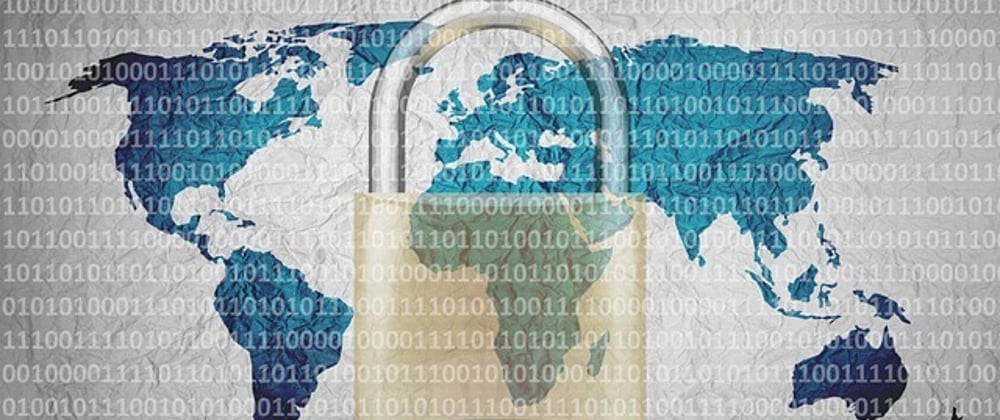In the digital age, cybersecurity threats continue to evolve and become increasingly sophisticated. Here are some of the emerging cybersecurity threats that organizations and individuals should be aware of:
Ransomware Attacks: Ransomware is a type of malware that encrypts files on a victim's computer or network, rendering them inaccessible until a ransom is paid. In recent years, ransomware attacks have become more targeted, sophisticated, and destructive, affecting businesses, hospitals, and government organizations.
Internet of Things (IoT) Vulnerabilities: As more devices become interconnected through the IoT, security vulnerabilities are also increasing. Weaknesses in IoT devices, such as cameras, smart home devices, and industrial control systems, can be exploited by hackers to gain unauthorized access, launch attacks, or invade privacy.
Artificial Intelligence (AI)-based Attacks: Cybercriminals are starting to leverage AI and machine learning techniques to conduct more effective attacks. AI can be used to automate tasks such as phishing attacks, social engineering, and malware creation, making them more convincing and difficult to detect.
Supply Chain Attacks: Cyberattacks targeting the software supply chain have gained attention in recent years. By compromising a trusted vendor or supplier, attackers can inject malicious code or backdoors into software updates or components, potentially affecting a large number of users and organizations.
An Internship in Cybersecurity is the best tool to provide one with all the knowledge one needs to become the best cybersecurity operator, as it has experts in this field to guide one on every step since they have been working for more than 15 years in this domain.
Cloud Security Risks: As organizations increasingly rely on cloud services for data storage and processing, cloud security risks have become prominent. Misconfigurations, unauthorized access, insecure APIs, and data breaches pose significant threats to sensitive information stored in the cloud.
Insider Threats: Insider threats refer to attacks or data breaches initiated by individuals within an organization who have authorized access to systems and data. Malicious insiders or employees who accidentally mishandle data can cause significant damage to an organization's cybersecurity posture.
Deepfakes and Synthetic Media: Deepfakes, which involve the use of AI to create highly realistic fake videos or audio recordings, pose significant risks to individuals and organizations. Deepfakes can be used for impersonation, disinformation campaigns, or blackmail, potentially causing reputational damage or financial loss.
Mobile Malware and Vulnerabilities: Mobile devices have become integral parts of our lives, and attackers are increasingly targeting them. Malicious apps, mobile malware, and vulnerabilities in operating systems can compromise personal data, including banking details, passwords, and sensitive communications.
Quantum Computing Threats: While still in its early stages, quantum computing has the potential to break current cryptographic algorithms, rendering existing encryption methods obsolete. As quantum computers become more powerful, organizations will need to transition to quantum-resistant cryptographic algorithms to ensure data security.
Social Engineering and Phishing: Social engineering techniques, including phishing emails, smishing (SMS phishing), and vishing (voice phishing), remain prevalent. Attackers trick individuals into revealing sensitive information or performing actions that compromise security.
To stay protected against these emerging threats, organizations and individuals should prioritize cybersecurity measures such as regular software updates, strong and unique passwords, multi-factor authentication, user awareness training, network segmentation, data backups, and intrusion detection systems. It is crucial to stay informed about the evolving threat landscape and adapt security practices accordingly.







Top comments (0)